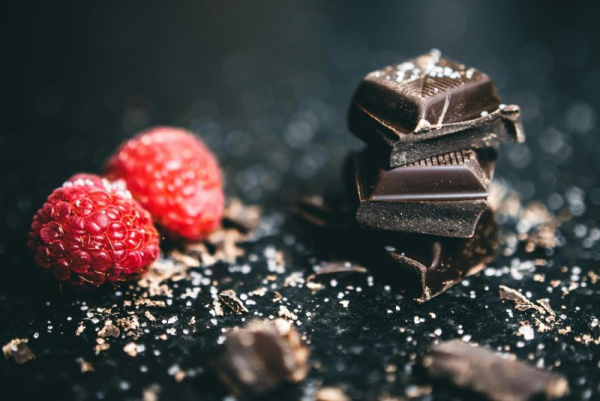
An international team of scientists conducted a study to understand how microbial communities involved in the fermentation of cocoa beans shape the flavour of chocolate.
A study published in the journal Nature Microbiology earlier this month found that bacteria and fungi are responsible for the aromas and flavours that distinguish fine chocolate, and that these qualities can be reproduced in controlled laboratory conditions.
This discovery opens the door to a new era in chocolate production, allowing refined flavours to be standardised and consistent quality to be guaranteed, as is already happening in the wine and cheese industries.
However, experts warn that such an approach could also lead to a homogenisation of flavour profiles and a reduction in the diversity of artisan chocolate, whose value lies in the variations created by natural fermentation on each farm.
Unlike wine, beer or cheese, cocoa bean fermentation usually occurs spontaneously, without the addition of any microorganisms by producers. Farmers place the beans in wooden boxes covered with leaves, where bacteria and yeasts break down the pulp and produce compounds that later give chocolate its complex flavor.
Until now, little was known about how environmental conditions and microbiota composition influence the final taste.
The researchers measured changes in temperature and pH during the fermentation of cocoa beans on farms in Santander, Colombia, and compared the results with beans from other regions of the country, including Huila and Antioquia.
When analyzing the “cocoa liqueur” obtained during the fermentation process, the tasting panel found clear differences: while the beans from Santander and Huila produced chocolate with notes of nuts, ripe berries and coffee, the beans from Antioquia produced simpler, bitter flavors.
Since the genetic origins of cocoa were similar, the determining factor was the microbes present during fermentation.
Using metagenomic techniques, the team identified key species, including yeasts of the genera Saccharomyces and Torulaspora, that are associated with more complex flavor profiles. The scientists then created a controlled microbial “cocktail” that replicated many of the sensory attributes of premium chocolate in the lab.
The success has put Colombia, one of Latin America's leading cocoa producers, at the center of a debate that mixes science, tradition and market forces. Experts are asking whether a lab-created group of bacteria and fungi could shape the future of perfect chocolate.
Sourse: www.upi.com





